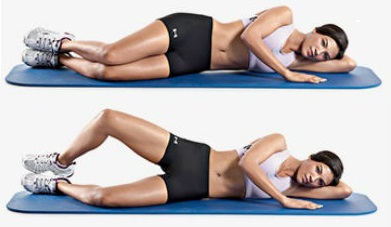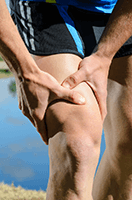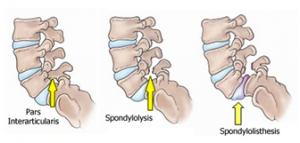Marathon Tips
 With the Standard Chartered Singapore Marathon fast approaching, this is usually around the time we start to see injuries trickle into the clinic, where people are madly ramping up their mileage each week to ensure they are on target with their training plan or catching up for lost time and simply haven’t had the chance to train as planned.
With the Standard Chartered Singapore Marathon fast approaching, this is usually around the time we start to see injuries trickle into the clinic, where people are madly ramping up their mileage each week to ensure they are on target with their training plan or catching up for lost time and simply haven’t had the chance to train as planned.
With several other running events across Asia which happen all year round, here are some handy hints for distance running, injury prevention and enhancing performance.





